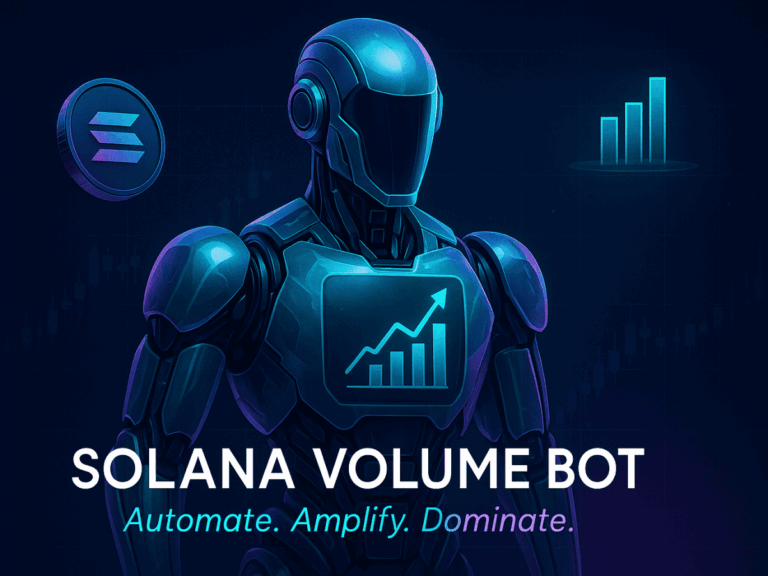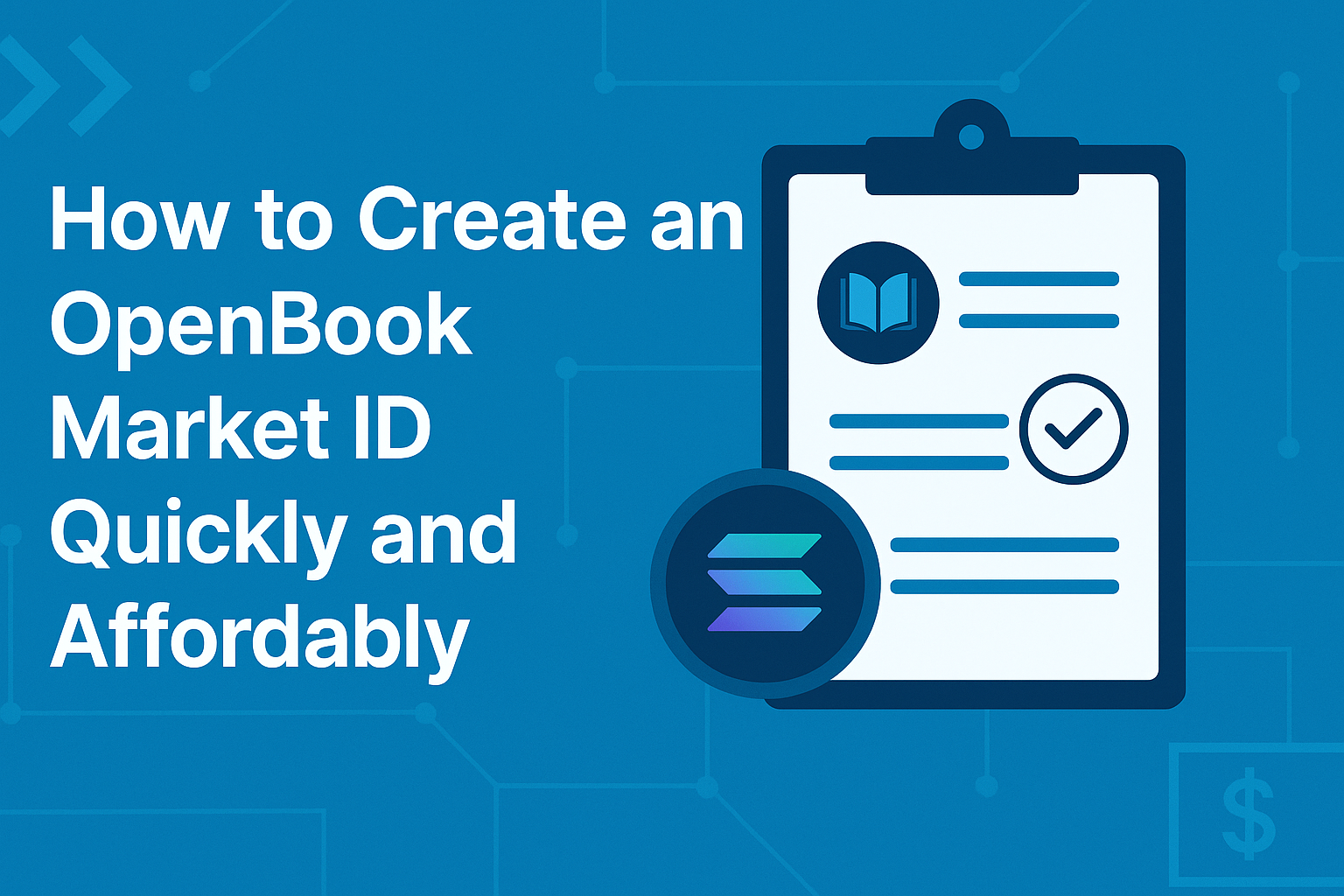How to Maximize Returns in Solana DeFi
The Solana blockchain has quickly evolved from being “just another Layer-1” to one of the most vibrant hubs of decentralized finance (DeFi). With lightning-fast transaction speeds, negligible fees, and an ever-expanding ecosystem of decentralized apps on Solana, opportunities for yield generation have multiplied. Yet, navigating this fast-paced ecosystem requires more than just enthusiasm—it demands strategy, risk management, and an understanding of the mechanics behind Solana DeFi protocols.
Table of Contents
⚡ Why Solana for DeFi?
Before diving into strategies, it’s worth revisiting why Solana has become such a hotspot for decentralized finance:
- Low Fees: Transactions cost fractions of a cent, making complex DeFi strategies economically viable for all users.
- High Throughput: Solana processes thousands of transactions per second, ensuring smooth performance even during market volatility.
- Expanding Ecosystem: From decentralized exchanges (DEXs) like Orca and Raydium to lending protocols such as Solend and yield optimizers like Kamino, the ecosystem offers a wide range of tools for yield generation.
💧 Liquidity Provision: Riding the AMM Wave
Automated Market Makers (AMMs) are the backbone of DeFi, and Solana’s low-cost infrastructure makes liquidity provision more attractive than on Ethereum or other Layer-1 chains.
Understanding Impermanent Loss
When you provide liquidity to a DEX like Orca or Raydium, you deposit token pairs (e.g., SOL/USDC) into a pool. In return, you earn a share of trading fees. However, you’re exposed to impermanent loss, which occurs when one token in the pair outperforms the other. For instance, if SOL rallies while USDC remains stable, the pool automatically rebalances, and you may end up with fewer SOL than if you had simply held it.
Mitigating Risk
- Opt for stablecoin pairs like USDC/USDT to avoid volatility-induced losses.
- Use analytics platforms such as Step Finance to track performance and impermanent loss in real-time.
- Leverage concentrated liquidity pools (like Orca Whirlpools), which allow providers to earn more fees by targeting narrower price ranges.
🏦 Lending and Borrowing: Putting SOL to Work
Another powerful strategy in the Solana ecosystem is lending and borrowing. Protocols like Solend and Port Finance let users lend assets to earn interest or borrow against their holdings.
Case Example: Borrowing Against SOL
Imagine you hold 100 SOL, currently priced at $150 each. Instead of selling to capture liquidity, you deposit them into Solend. At a 75% collateral factor, you can borrow up to $11,250 in USDC. That USDC can then be used to farm yields elsewhere while maintaining exposure to SOL’s price appreciation.
Risks to Watch
- Liquidation: If SOL’s price drops significantly, your collateral may be liquidated to repay the loan.
- Variable Interest Rates: During high demand, borrowing rates can spike, reducing profitability.
🌱 Yield Farming & Optimizers
Yield farming remains a popular method to maximize returns on Solana. By staking LP tokens or lending assets, users can earn governance tokens, boosted yields, and compounding rewards.
Optimizers in Action
Platforms like Kamino Finance and Francium simplify farming by auto-compounding rewards. Instead of manually claiming and reinvesting, the optimizer does it automatically, boosting effective APY.
For example, a liquidity provider in the SOL/USDC pool might earn a 20% APR. With auto-compounding, the effective yield could rise to 25–30% depending on reinvestment frequency.
🧩 Staking SOL: The Baseline Yield
At its core, staking SOL is the foundation of yield generation. By delegating tokens to validators, you earn inflation rewards (currently around 7–8% annually). While this is lower than DeFi yields, staking is relatively low-risk compared to lending or LPing.
Liquid Staking Tokens (LSTs)
Innovations like Marinade’s mSOL and Jito’s JitoSOL unlock even more potential. Instead of locking your SOL, you receive a liquid token representing your staked position. These tokens can then be used across DeFi protocols as collateral, in liquidity pools, or for farming—stacking yield on top of staking rewards.
🔒 Risk Management in Solana DeFi
High yields often come with high risks. To sustainably maximize returns, it’s crucial to integrate risk management practices:
- Diversification: Avoid concentrating funds in a single protocol or token pair.
- Smart Contract Audits: Favor protocols with strong reputations and third-party security audits.
- Stay Informed: Solana DeFi evolves quickly—follow ecosystem dashboards like Solscan or Step Finance to track opportunities and risks.
📈 Emerging Trends in the Solana Ecosystem
Solana’s DeFi landscape continues to mature, with recent innovations opening new possibilities:
- MEV (Maximal Extractable Value) Solutions: Projects like Jito are reducing front-running risks while redistributing MEV rewards back to stakers.
- Cross-Chain Liquidity: Bridges and interoperability protocols are expanding the reach of Solana assets, creating more arbitrage and farming opportunities.
- Real-World Assets (RWAs): Tokenization of off-chain assets, such as treasuries and commodities, is starting to make its way into Solana DeFi.
✅ Conclusion
Maximizing returns in Solana DeFi requires a blend of strategies: staking SOL for baseline yield, leveraging liquid staking tokens, participating in liquidity provision, and optimizing through lending, borrowing, and yield aggregators. At the same time, risk management is non-negotiable—impermanent loss, liquidation, and smart contract vulnerabilities remain ever-present.
For those who take the time to understand the mechanics and actively manage their positions, Solana offers one of the most dynamic and rewarding DeFi playgrounds in the blockchain world.
What’s your go-to strategy for maximizing yield on the Solana blockchain? Share your thoughts and experiences in the community!



The case example with borrowing against SOL was super clear. I’ve been hesitant to use Solend, but this makes the mechanics less intimidating.
Really appreciate the balance between opportunity and risk. Too many articles just shill high APYs without mentioning liquidation or IL.
The MEV solutions part is spot on—Jito is changing the game by pushing rewards back to stakers instead of bots.
I started with simple SOL staking, then moved into Orca Whirlpools after reading about concentrated liquidity. Definitely higher rewards, but yeah—more to manage.